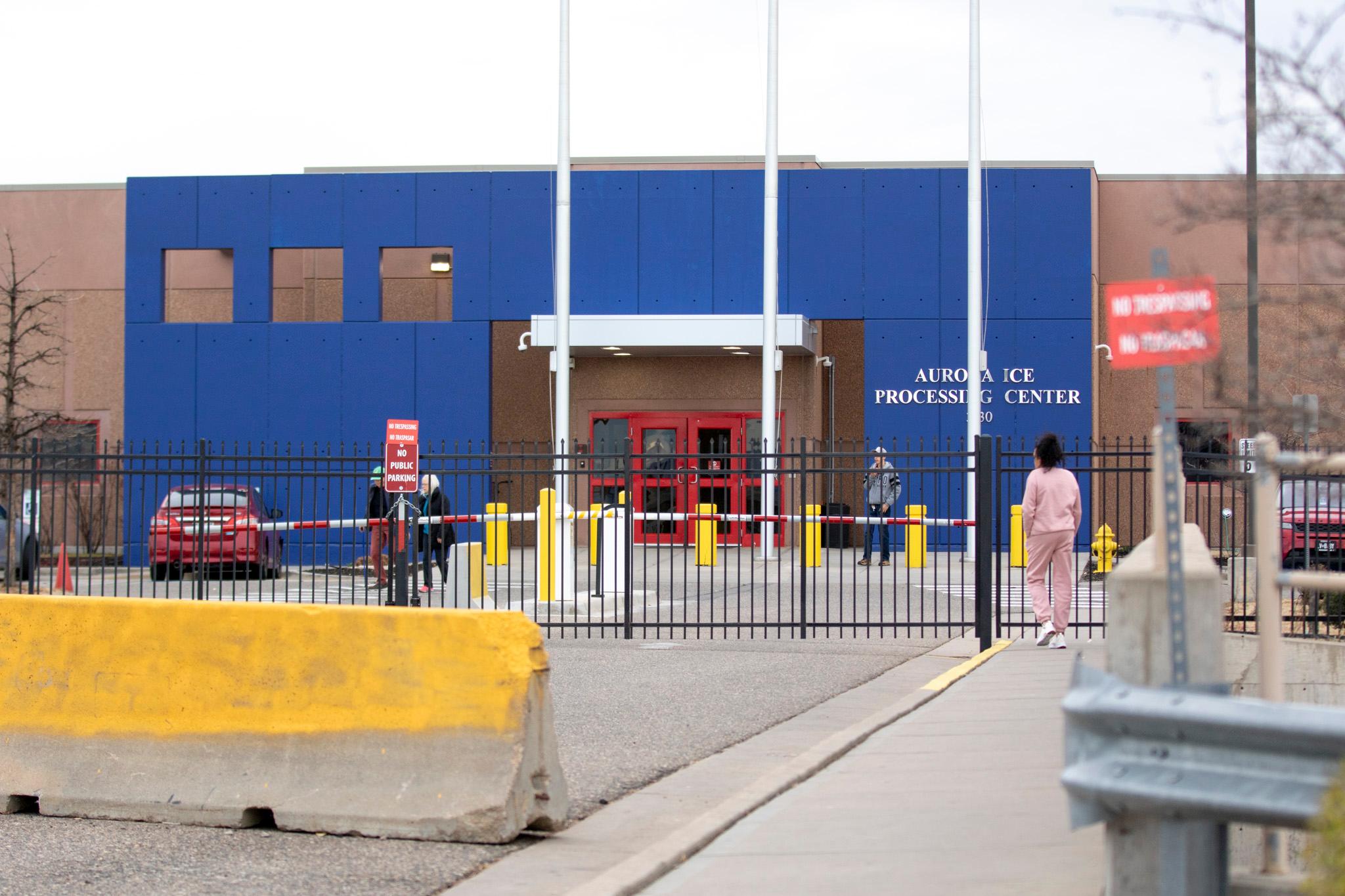

“Science is my favorite subject,” Thomas said. “Actually, I’m a geek.”
She’s also completely blind, and she says she's proud of it.
Quinita – who goes by “Q” – is taking part in a summer program sponsored by the Colorado Center for the Blind. Metro State chemistry professors and students assist in helping Q and other blind students learn to analyze the pH levels of various liquids. First, Q reads the lab procedures, which are written in Braille. Her partner runs her fingers over the equipment, getting it ready.
Then, they have to listen very carefully to a professor's instructions for the little machine in their hands, which looks like a handheld calculator. The students put probes into a vial of liquid, and the machine, called the Talking LabQuest, speaks the numeric pH value in an electronic voice.
Cary Supalo helped develop the device. He's an assistant professor of chemistry at Illinois State University, and he's also blind.
He says he wants these students to understand that “it’s OK to be a blind person in the laboratory.”
Supalo also helped invent another device that graphs data and then plays sounds to represent the data trends in the graphs.
“If it goes down in tone, ... that implies a negative slope of the line," he said, "or if it’s a sinusoidal wave, it’ll ... sound like a siren.”
These gadgets help, but for blind students to work in a lab, it’s really all about communication. Q and her partner talk to each other a lot, making sure they know precisely which liquid is in Q’s hand. Professor Supalo emphasizes that ambiguity doesn’t cut it.
“It’s over there, this one, that – OK, that’s ambiguous,” he said. “You say, ‘the first beaker on your left, or the furthest bigger to the right.’”
But it’s still hard when you can’t see anything. Across the room, another set of students is struggling.
“I’m going to have to do it over again ‘cause I messed up big time,” said the student.
The boys weren’t really listening during the explanation and got confused about the procedure. They’re also having trouble using the Talking LabQuest because they can’t hear it properly. There is help standing by for those students having trouble working independently. Typically, blind chemistry students have a sighted partner in the lab. It fulfills the academic requirements, but it’s not particularly inspiring.
Q says sighted kids take chemistry for granted.
“They get accepted into schools and colleges and they say, ‘Oh I’m taking a chemistry class,’" she said, “Well, I want to take a chemistry class; however, I don’t want to work with a sighted student. I want be able to do this independently.”
The American Foundation for the Blind says less than a quarter of blind people in the U.S. are employed. Of that number, only a tiny fraction is in STEM-related fields. One problem is overcoming stereotypes about what blind people can do. Professor Supalo recalls a demonstration he gave at a conference in Germany to group skeptical chemists.
“So I lit a bunsen burner, I heated up a beaker full of water, I poured from one container to another, and as they say, people seeing is believing,” Supalo said.
Back at the lab bench, Supalo’s adaptive gadgets are giving Q the time of her life. She and her partner decide to try mixing coke and lemon juice to see how that affects the PH level.
“I know I’m blind and all that,” she said, “but just ‘cause I can’t see does not mean that I can’t mix chemicals together and not be afraid of something exploding up in my eye. This is something I’ll definitely remember.”








